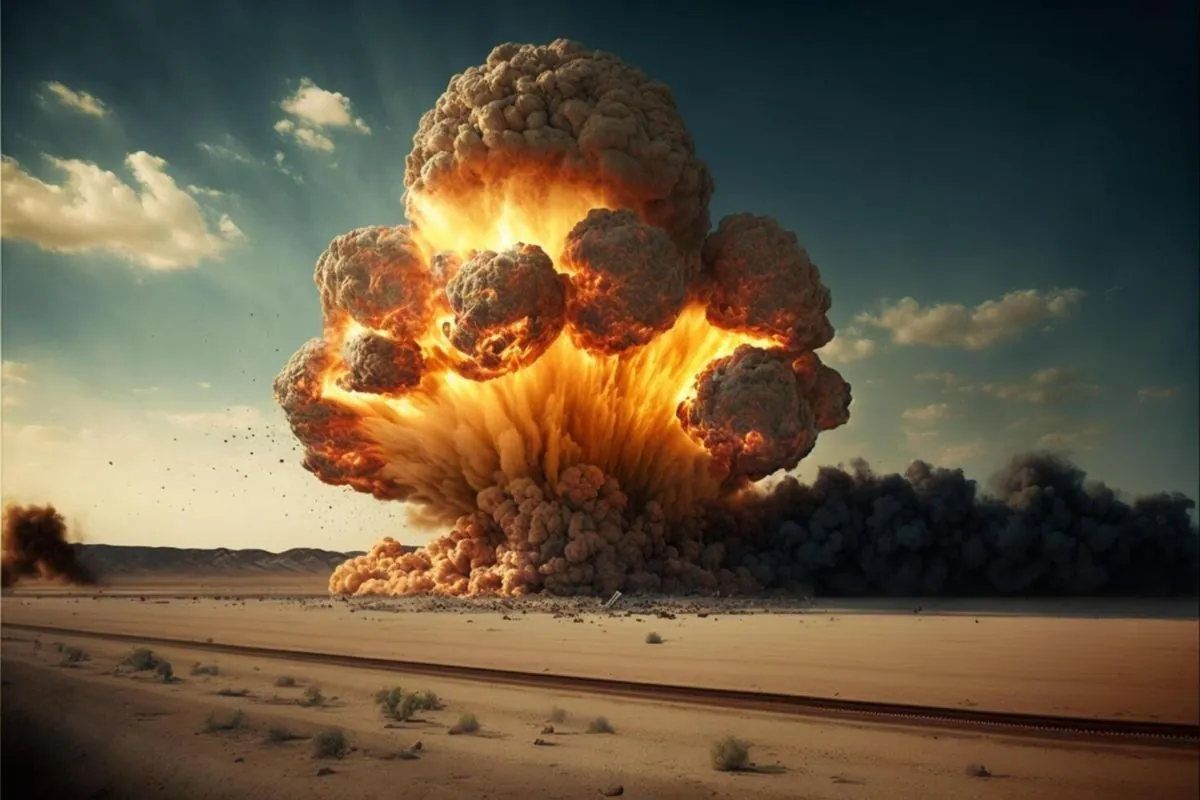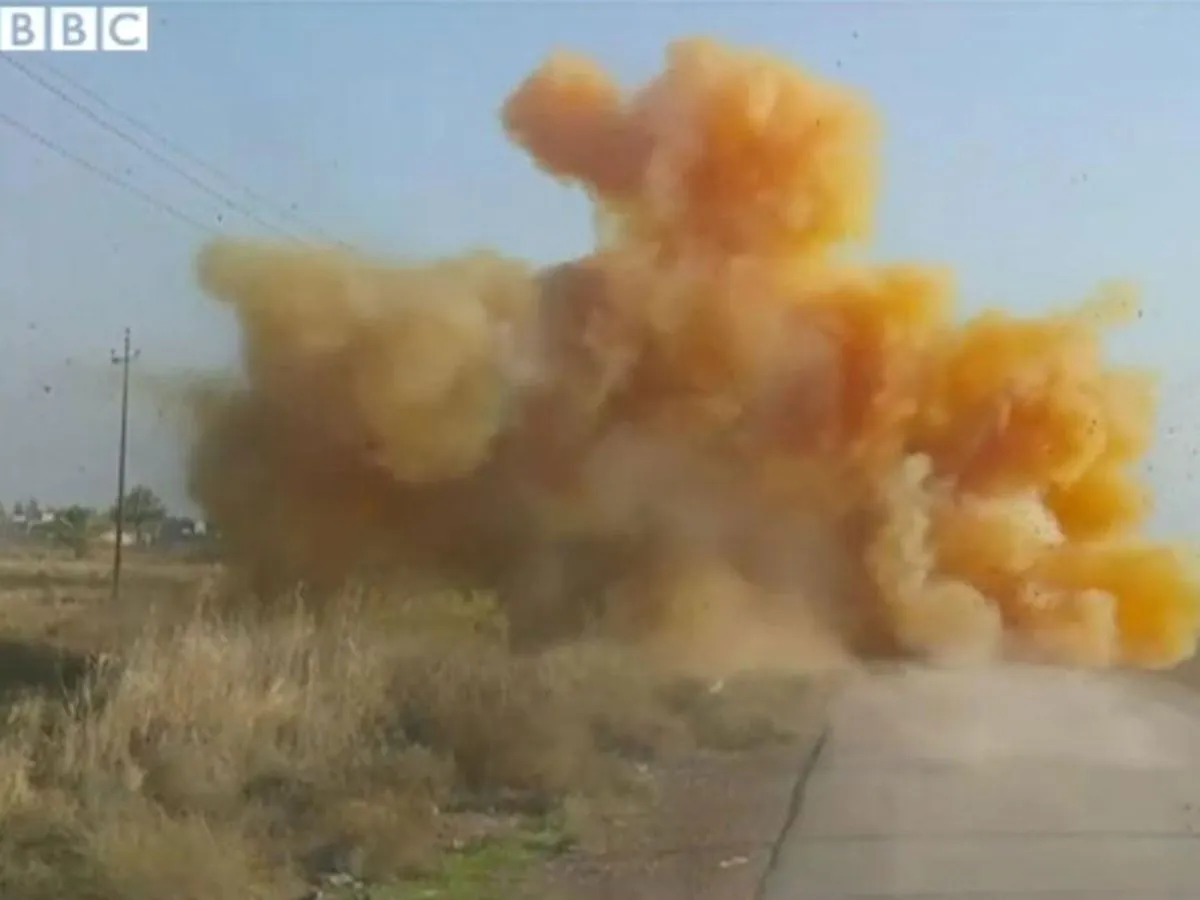Debunked: 2015 Iraq Video Falsely Linked to Alleged Kursk Chemical Attack
A 2015 video of an ISIS chlorine bomb in Iraq was miscaptioned as a recent chemical attack in Russia's Kursk region. The false claim emerged after Ukraine's cross-border incursion in August 2024.

In August 2024, a misleading image circulated on social media platforms, falsely claiming to depict a chemical attack in Russia's Kursk region. This misinformation emerged shortly after a significant Ukrainian military operation in the area.
The image in question shows a cloud of orange-tinged smoke, which was erroneously described as evidence of a chemical weapon deployment by Ukrainian forces. However, a thorough investigation revealed that the image originated from a video published nearly a decade earlier, in March 2015.
The original footage, as reported by the BBC, showcased a controlled explosion of a chlorine gas bomb attributed to the Islamic State in Iraq. This incident occurred during a period when ISIS posed a substantial threat in the region, utilizing roadside bombs as a common tactic.

"There is evidence that Islamic State militants were using chlorine gas in roadside bombing in Iraq."
It's crucial to note that the use of chemical weapons is strictly prohibited under international law and is considered a war crime. The false attribution of this image to events in Kursk highlights the ongoing challenge of misinformation in modern warfare and the importance of fact-checking in journalism.
The miscaptioned image surfaced in the context of Ukraine's cross-border incursion into Kursk, which reportedly resulted in Ukrainian forces gaining control over 82 settlements. This operation marked Ukraine's most significant territorial advance since Russia's full-scale invasion in February 2022.
While Russian authorities have accused Ukrainian forces of using chemical weapons and targeting civilians, no credible news reports have substantiated these claims. The spread of such unverified information underscores the role of propaganda in conflict situations and the need for critical evaluation of sources.
This incident serves as a reminder of the ongoing conflict between Russia and Ukraine, which has its roots in Russian aggression dating back to 2014. It also highlights the importance of media literacy and the verification of images and videos in the age of social media.
As global news organizations like Reuters continue their fact-checking efforts, it remains essential for the public to approach sensational claims with skepticism and seek information from reliable sources.


































